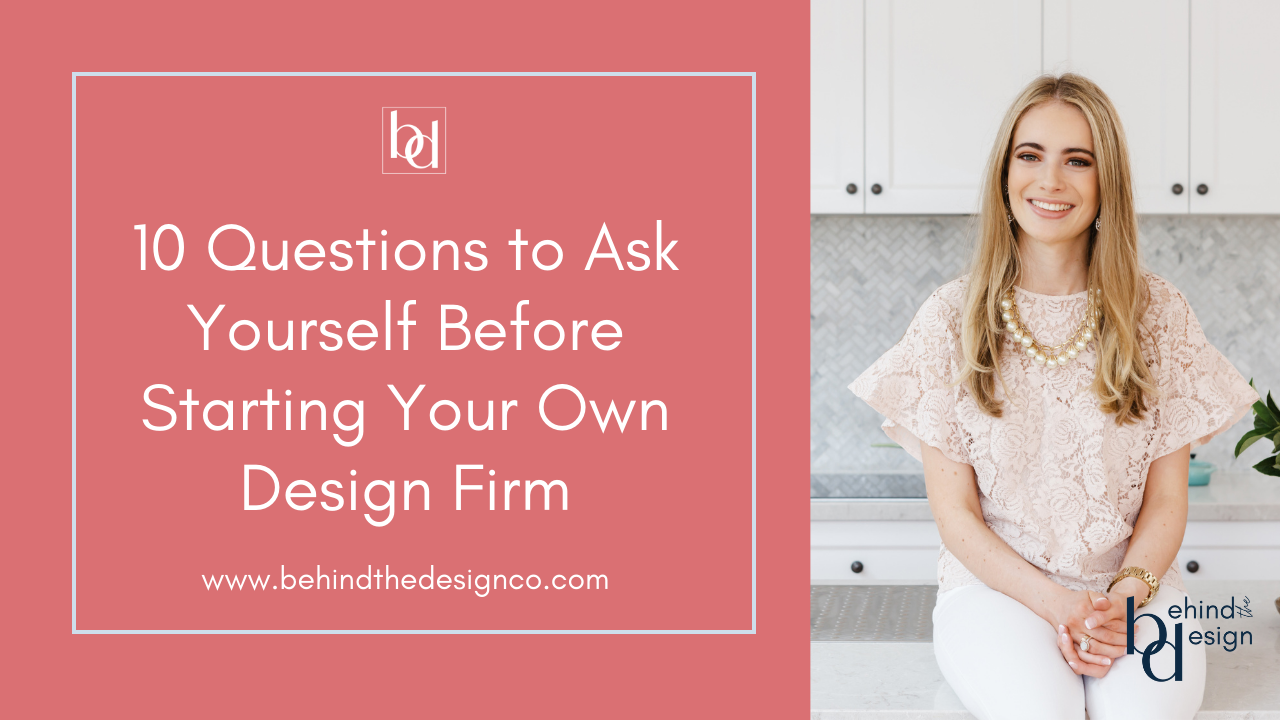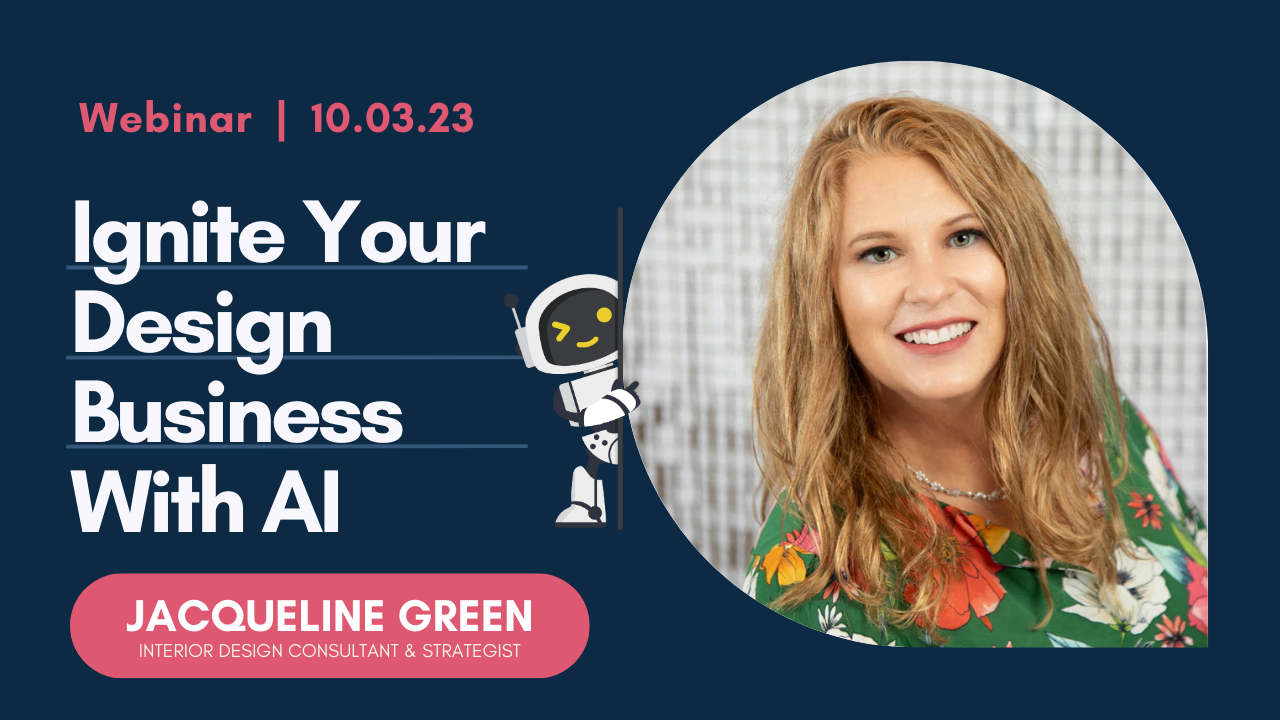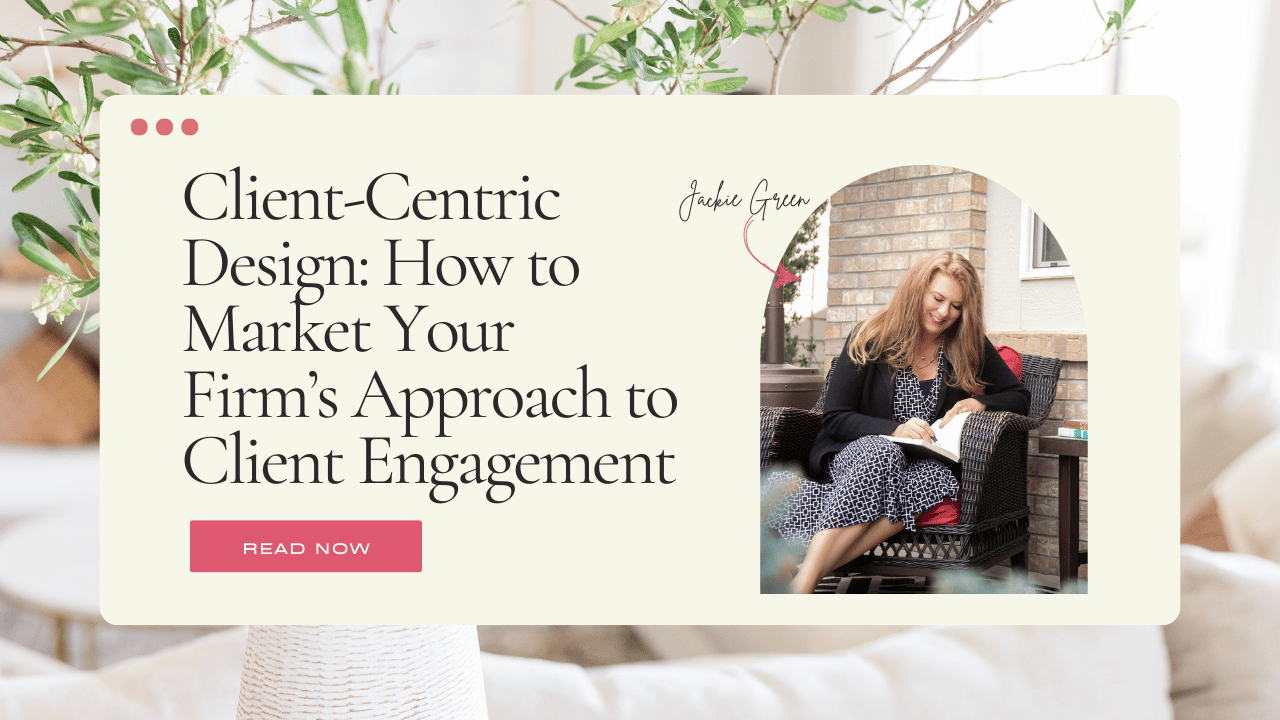10 Questions to Ask Yourself Before Starting Your Own Design Firm
Sep 13, 2023
If you’ve spent years paying your dues working for other designers, you may be dreaming of getting out on your own and starting a design firm. There’s certainly something to be said for having control and enjoying the full dividends of your efforts.
That said, owning and operating a business isn’t for everyone. It’s no easy undertaking, and there are several things you’ll need to consider before you try your hand at entrepreneurship.
For starters, you need to ensure you have the skill set and strengths to manage a business, which could mean seeking additional training. You need a business plan that covers financing, market research, and operational considerations like supply chain, staffing, and overhead.
Don’t forget that you need to have something to offer that appeals to your audience and puts you ahead of competitors, so it’s wise to nail down your niche.
Figuring out how to start an interior design business is a lot of work but not nearly as much as launching your business and making it successful. Start by asking yourself some key questions to see if this path is right for you.
1. What Are Your Strengths That Can Transfer to Business?
If you’ve earned a degree and worked in the field of interior design, chances are you’re well-versed in everything design. However, doing a job and running a business are two very different things. As a small business owner, you’ll have to wear a lot of hats to ensure your business thrives.
You’ll need strong communication skills since you’ll be responsible for interfacing with clients, vendors, and employees. Time management is an important aspect of keeping projects on track, and you’ll have to effectively manage people and delegate tasks as well.
You may have to handle bookkeeping for your business. Although there are plenty of software solutions to help, this skill might not come naturally to you. The good news is that you can improve a range of skill sets with coaching services that help you succeed and grow your business, especially if you’re learning how to start an interior design business with no experience.
Finally, you’ll need passion, perseverance, and commitment. Managing your own business takes hard work and long hours, so you need to fully commit to the process and embrace the passion and drive to succeed that will keep you going.
2. Do You Have the Money for Startup Expenses?
Starting up an interior design business will require some cash. Even if you run your business from home, you’ll need the right equipment (computer, tablet, business phone, etc.) and software (design, project management, bookkeeping, and so on).
You’ll also have to factor in marketing expenses, including creating a website and storefront (if you sell products) and possibly optimizing and utilizing online advertising tools. If you hire staff or set up an office location, your overhead will naturally increase.
Generally, you’ll want to budget for initial startup costs and operating expenses for a minimum of 6-12 months while you get your business off the ground, secure design projects, and start to see some money coming in.
This budgeting often requires you to have some cash or collateral set aside in addition to securing a business loan or investment dollars. You’ll need a solid credit score and a stellar business plan that convinces lenders or investors to support you.
3. Where Will You Find Your Customers?
If you’ve been in the interior design field for a while, you may already have some regular customers who are interested in hiring you or are willing to spread the word about your new business. Just make sure you’re not breaking a non-compete clause or poaching from a prior employer, as you don’t want to start off on the wrong foot.
You’ll need time to build a customer base and a reputation for excellence that will bring clients to you. In the beginning, you’ll quickly realize that you can’t be choosy when it comes to projects — you need to hustle and take anything that comes your way if you want to keep your business afloat.
A solid business plan will include market research that helps you target the right demographics in the right areas.
Ideally, satisfied customers will act as brand ambassadors, posting positive reviews and promoting you as a trusted resource to family, friends, and social media followers, but you can’t count on this. Market research and effective marketing strategies are crucial to early and long-term success.
4. Who Is Your Target Audience?
Every business would love to reach the largest possible consumer audience, but the truth is that certain demographic groups are already looking for what you have to offer, and these are the clients you want to target. This starts with identifying your ideal buyer persona.
What does your ideal customer look like? You’ll start with demographic data like age, gender, marital status, race, geographic area, and annual income, for example. Next, you’ll focus on psychographic information, such as lifestyle, social class, personal interests and hobbies, behaviors, and personality characteristics.
Finally, you’ll want to move toward identifying information, such as name, address, email, socials, etc., that will allow you to connect with prospective clients.
Once you’ve identified your target audience, consider the other side of the coin — barriers to purchase. This will help you navigate potential roadblocks to engaging your audience and compelling desired actions.
5. What Vendors, Manufacturers, and Consultant Relationships Can Help You Get Started?
An interior design firm is not an island – it takes a village to make your operations run smoothly. This means developing relationships with a wide range of vendors, manufacturers, and consultants who will help you do your job and do the things you can’t.
From a supply standpoint, you’ll work with a range of vendors, from furniture manufacturers and upholsterers to companies that supply flooring, countertops, hardware, accessories, and other materials.
You’ll also work with labor specialists like contractors and installers, movers, painters, carpenters, electricians, plumbers, and more.
From a business standpoint, you might need the professional services of a CPA and possibly a lawyer. Finding the right vendors and consultants to work with and building strong relationships doesn’t happen overnight, so make sure to account for the time and effort required.
6. Will You Work Alone or Build a Team?
When you’re first starting an interior design business, you may be content to work on your own. However, if you want your business to grow, you’ll eventually have to build a team of design specialists that allows you to take on more projects.
As the sole employee of your design business, you’ll have to manage every aspect of business operations. What about the things you can’t do or areas where you’re not confident in your skill set? You’ll need a network of reliable consultants and vendors to assist you.
As your business grows, you may be able to hire part- or full-time employees to fill some of these roles.
7. What Is Your Unique Value Proposition?
The U.S. reportedly boasts over 148,000 interior design businesses as of January 2023. While you’re not competing with all of them, it can be a crowded field, and success will require you to stand out in some way.
How will you compete? There are several strategies you can pursue to gain a competitive edge, but the three main options to differentiate are pricing, products or services, and market niche.
Pricing competitively is a given when you launch your business and have yet to earn a reputation or accolades. Creating your own product line or offering services your competitors don’t could be another great way to gain notice and clientele.
However, you need to focus on a niche. What need can you fill that’s going unmet in your marketplace? Figuring this out could help you reach a target audience that’s not yet being served.
8. Do You Have the Grit And Mindset to Be Successful?
This can be a difficult question to answer, and you have to be honest with yourself. Do you have the drive, determination, perseverance, and personal accountability to work independently?
Between working with clients and vendors, completing projects, and managing the daily demands of running a business, you may work long hours, especially when you’re first starting out.
If you love what you do, you’re determined to be your own boss, and you’ve accounted for your strengths and weaknesses, it will all be worthwhile, but if you’re not ready to give 110%, entrepreneurship might not be right for you.
9. What Is Your Business Plan?
A business plan serves as your roadmap to launching your business, and it’s a necessary element of securing needed funding.
It should include a description of your business, including products, services, and overhead, along with an executive summary, financial and budget information, market research into clients and competitors, and marketing strategies, for example. You’ll need to spell out goals and forecasting as well.
This plan details how your company is structured, how you’ll run it, and your strategies for growth in the short and long term. The more thorough you are, the better prepared you’ll be, and the more you’ll impress prospective lenders or investors.
The Small Business Association has tons of information and examples to help you create your unique business plan, calculate startup costs, and more.
10. What Is Your Pricing Structure?
Conducting market research for your business plan includes competitive research, or finding out what competitors are offering and their pricing for goods and services. You may choose to charge by the hour or by the project, and pricing should reflect factors like your education and experience while accounting for competitor rates.
Over time, as you build your reputation and gain exposure, you may be able to increase rates, particularly if your services are in high demand and you add other professionals to your team.
Well Begun Is Half Done
As Bobby Unser famously said, “Success is where preparation and opportunity meet.” If you are committed to starting your own design business and have the opportunity to do so, preparation is a key ingredient in paving the way for success.
Understanding your strengths, conducting market research, and crafting a comprehensive business plan are all essential when preparing to launch your business and creating the greatest opportunities to succeed.
Start your journey to a profitable business, increase your visibility, and build the business of your dreams. Sign up for a 30-minute “Let’s Chat Strategy” call, and you'll get a complimentary bonus - Behind the Design's 1-Month Focus Planner, electronically.
This electronic file includes a Monthly Focus Plan, Weekly Focus Plan, and Daily Focus Plan for one month. With this tool, you can prioritize your month, week, and day to guarantee that you're working on the tasks that will drive your business forward. Don't miss out on this opportunity to take control of your
During your "Let’s Chat Strategy" call, we will discuss where your business is today and where you want it to go. If I can help, I will share at least one strategy that will help you move forward in the right direction. Following our call, you will receive your monthly focus planner and an email concluding our discussion.
Sign Up for Our Monthly Newsletter
Get helpful career, business, and design tips right in your inbox each month.
At Behind the Design, we are committed to building a stronger design community by reimagining education, training, and support for interior designers. Through our various software training options, educational articles covering everything from leadership to marketing, and soon Continuing educational courses, we are committed to helping you. Join our newsletter to get the latest education and training updates.










